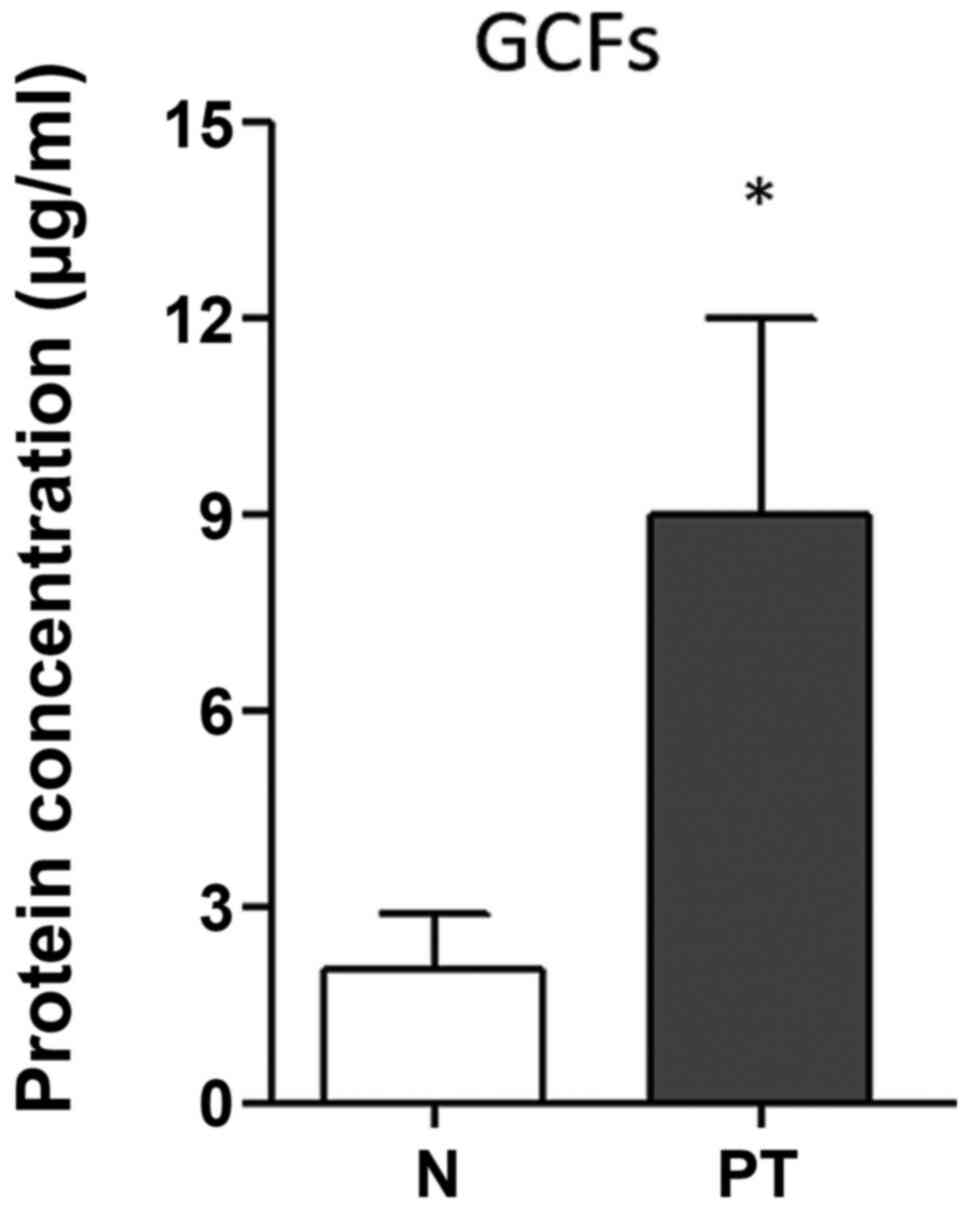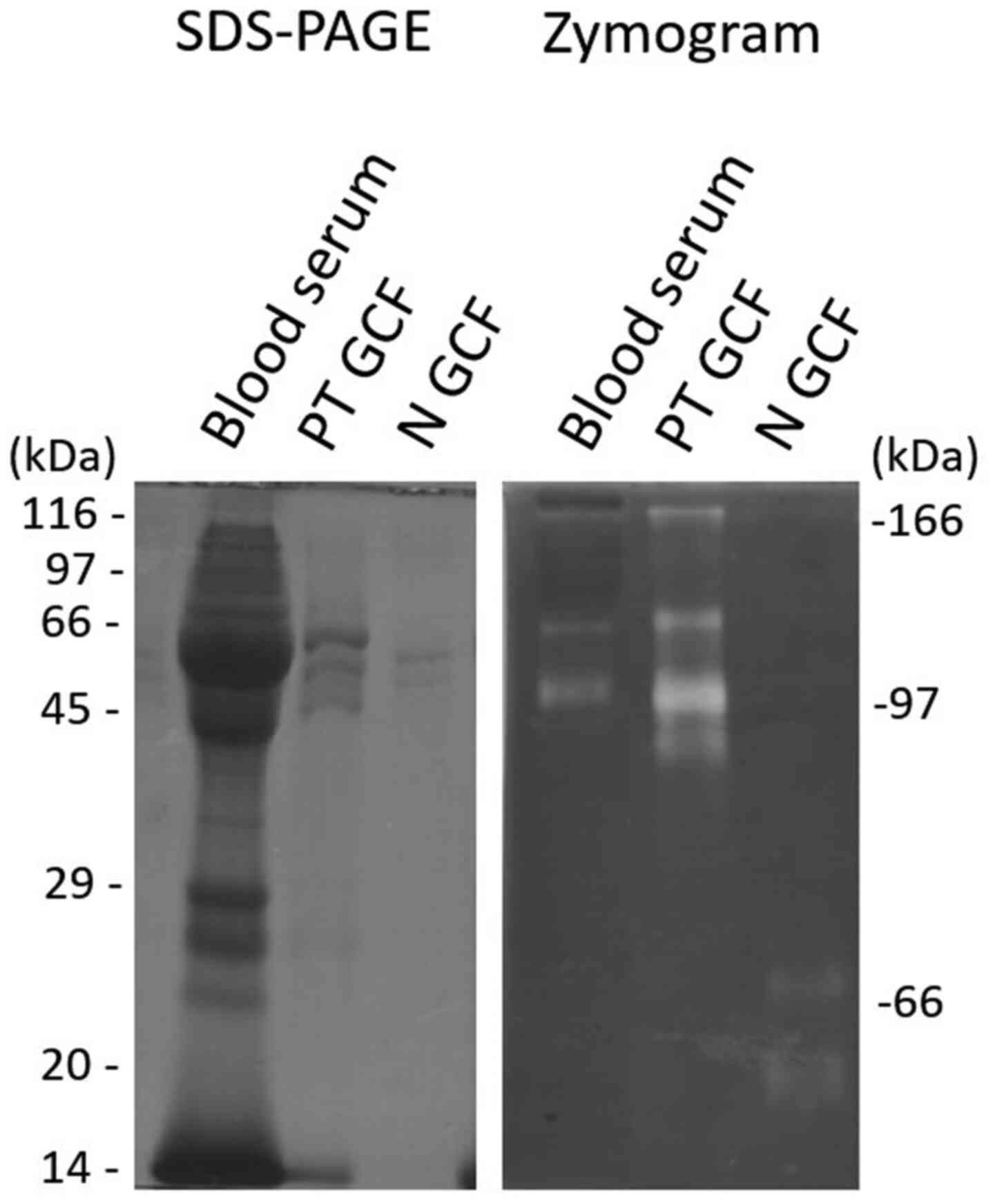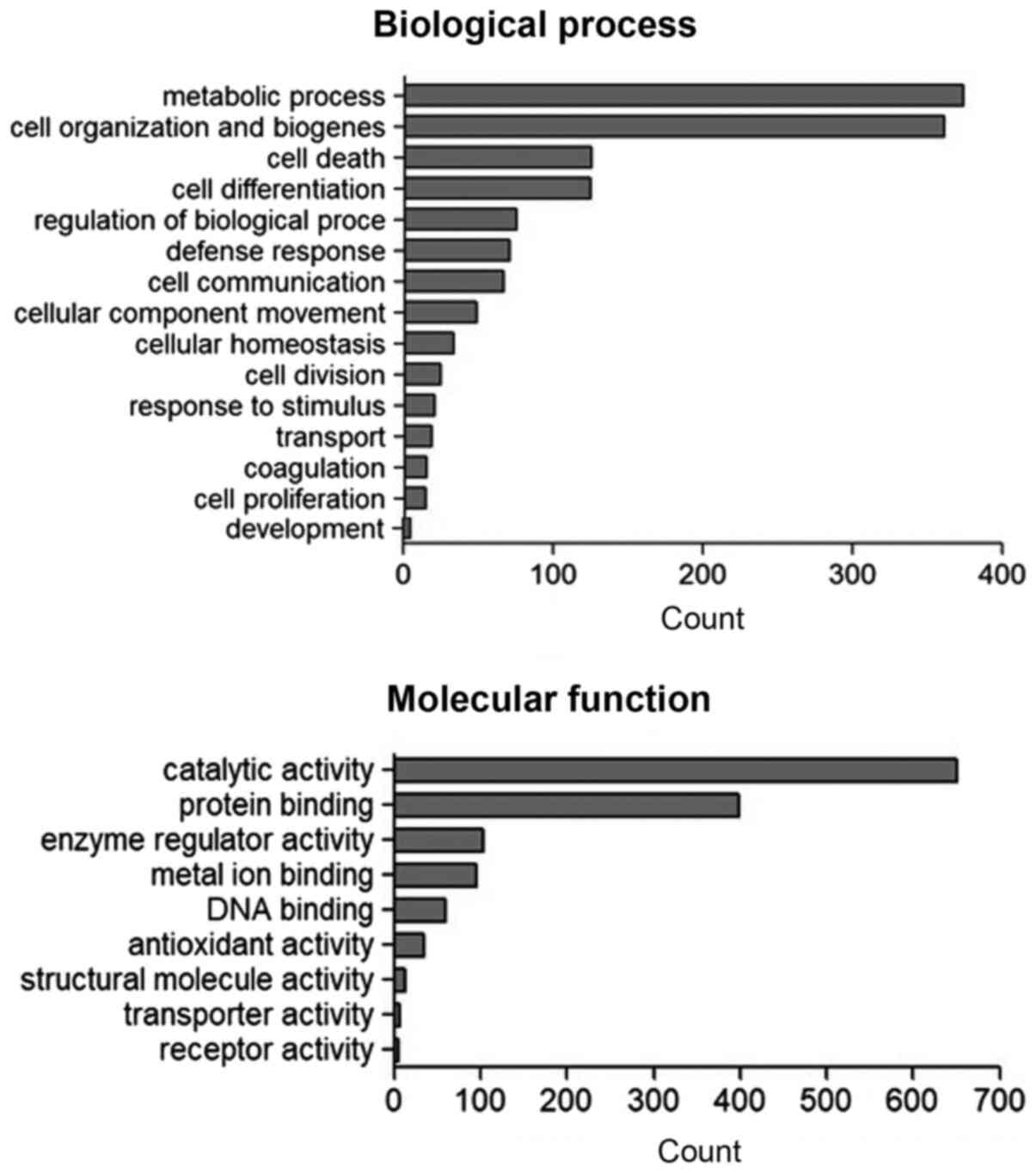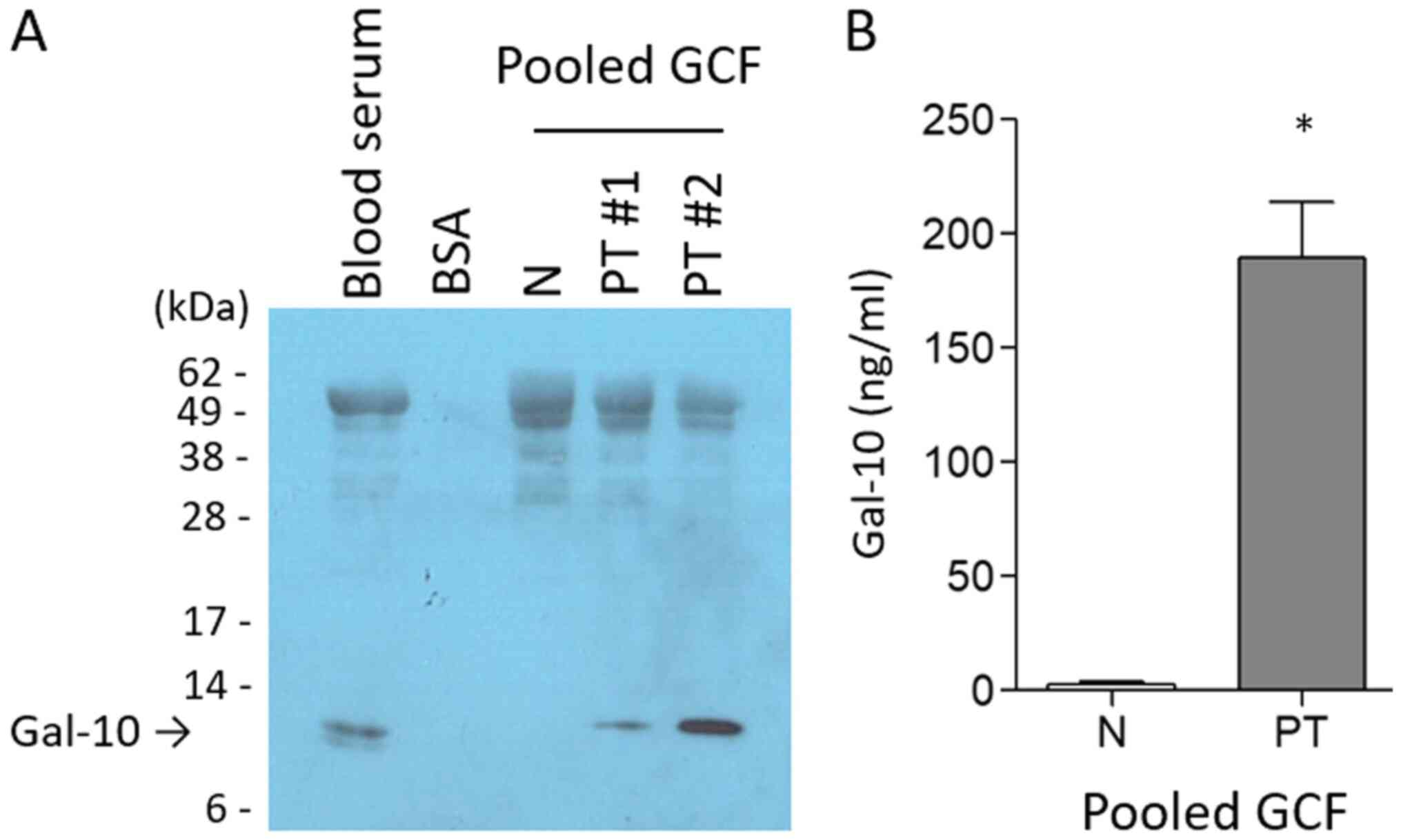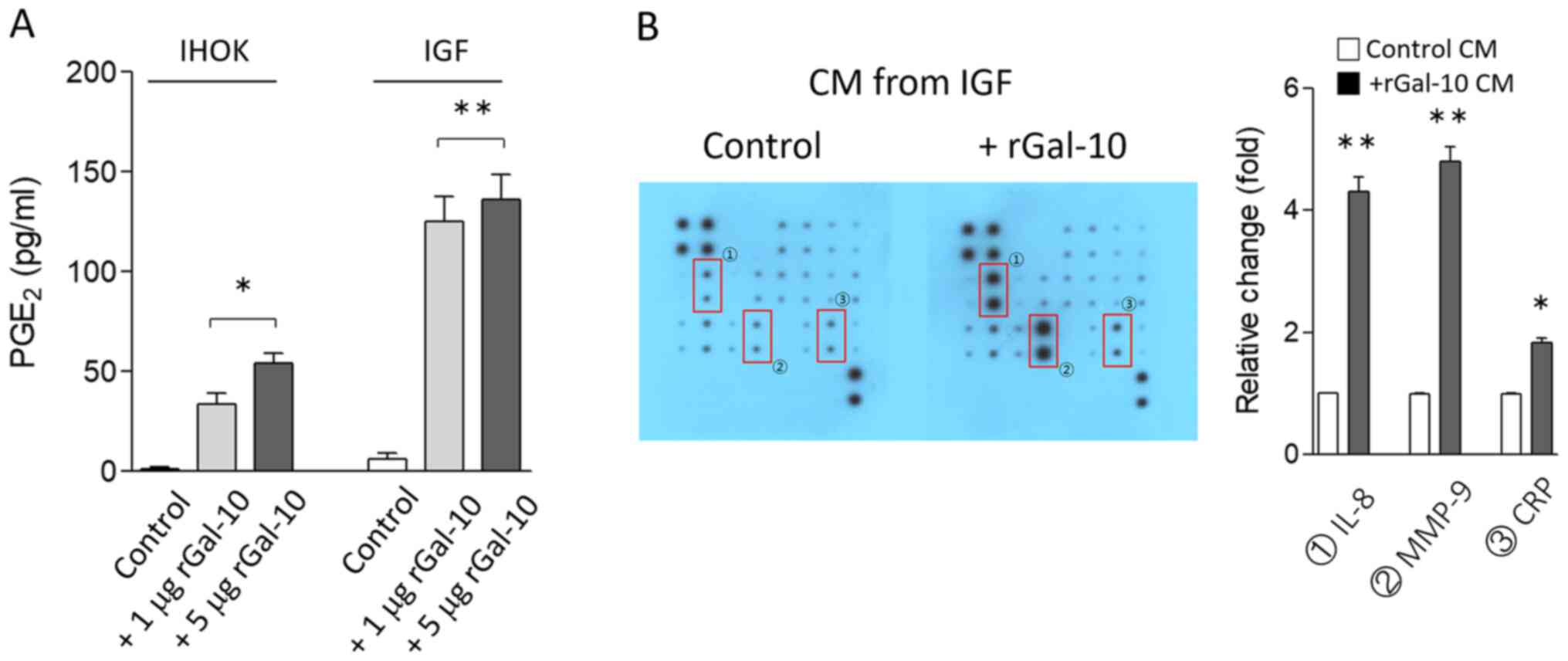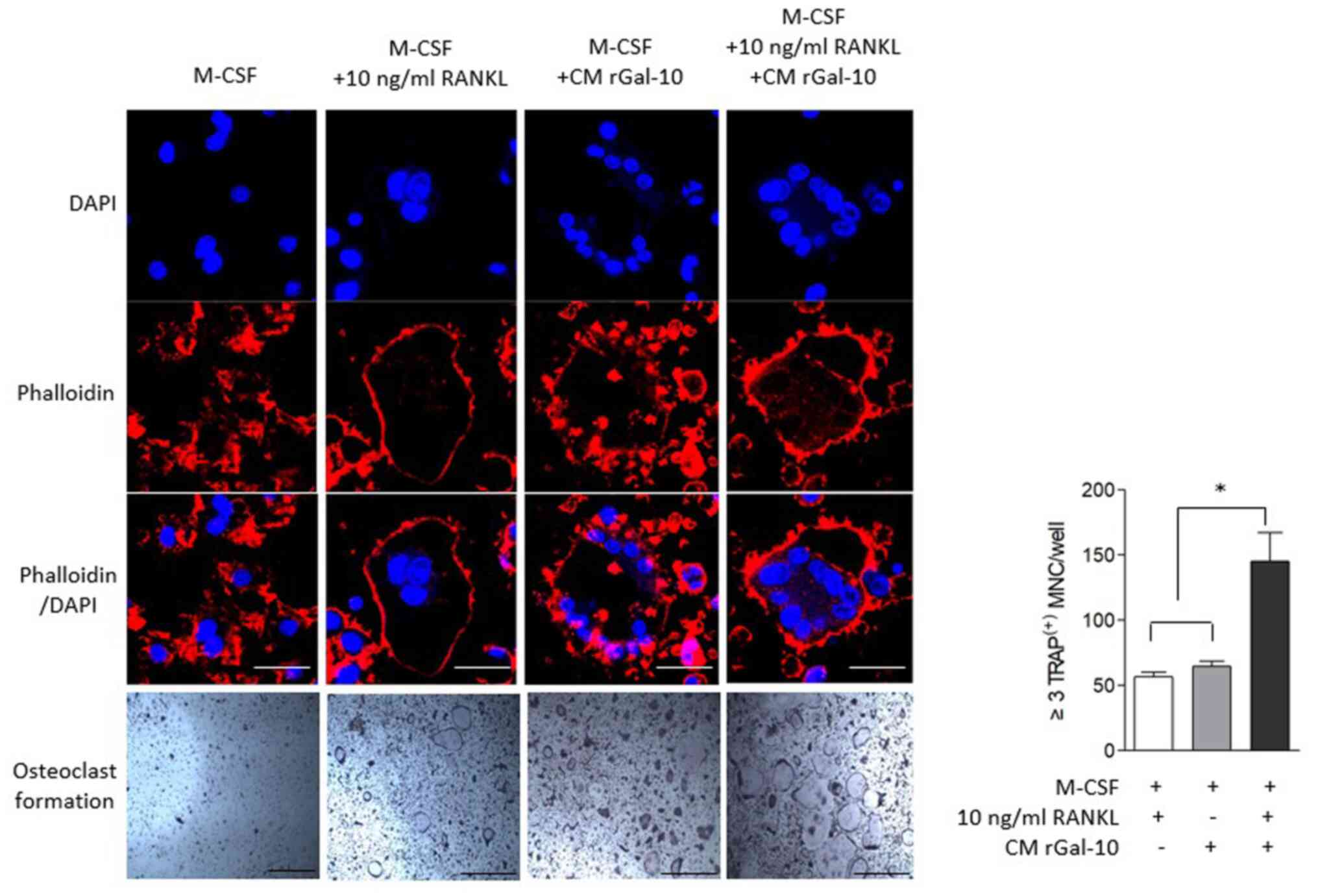|
1
|
Ministry of Health and Welfare: Health
Insurance Review and Assessment Service in Korea. 2017 Statistical
Yearbook of Health Insurance. simplehttp://www.mohw.go.kr/react/al/sal0301vw.jsp?PAR_MENU_ID=04&MENU_ID=0403&CONT_SEQ=346196July
24–2019
|
|
2
|
Health Insurance Review and Assessment
Service in Korea: Healthcare Bigdata Hub. simplehttp://opendata.hira.or.kr/op/opc/olapHifrqSickInfo.doNovember
12–2020
|
|
3
|
Frencken JE, Sharma P, Stenhouse L, Green
D, Laverty D and Dietrich T: Global epidemiology of dental caries
and severe periodontitis-a comprehensive review. J Clin
Periodontol. 44 (Suppl 18):S94–S105. 2017. View Article : Google Scholar : PubMed/NCBI
|
|
4
|
Patthi B, Kumar JK, Singla A, Gupta R,
Prasad M, Ali I, Dhama K and Niraj LK: Global search trends of oral
problems using google trends from 2004 to 2016: An exploratory
analysis. J Clin Diagn Res. 11:ZC12–ZC16. 2017.PubMed/NCBI
|
|
5
|
Lertpimonchai A, Rattanasiri S, Arj-Ong
Vallibhakara S, Attia J and Thakkinstian A: The association between
oral hygiene and periodontitis: A systematic review and
meta-analysis. Int Dental J. 67:332–343. 2017. View Article : Google Scholar
|
|
6
|
Teles R, Teles F, Frias-Lopez J, Paster B
and Haffajee A: Lessons learned and unlearned in periodontal
microbiology. Periodontol. 62:95–162. 2013. View Article : Google Scholar
|
|
7
|
Cekici A, Kantarci A, Hasturk H and Van
Dyke TE: Inflammatory and immune pathways in the pathogenesis of
periodontal disease. Periodontol 2000. 64:57–80. 2014. View Article : Google Scholar : PubMed/NCBI
|
|
8
|
Institute for Quality and Efficiency in
Health Care (IQWiG), . Gingivitis and periodontitis: Overview
[Internet]. Last Update: February 27, 2020. IQWiG; Cologne,
Germany: simplehttps://www.ncbi.nlm.nih.gov/books/NBK279593/
|
|
9
|
Highfield J: Diagnosis and classification
of periodontal disease. Aust Dent J. 54 (Suppl 1):S11–S26. 2009.
View Article : Google Scholar : PubMed/NCBI
|
|
10
|
Gupta S, Chhina S and Arora SA: A
systematic review of biomarkers of gingival crevicular fluid: Their
predictive role in diagnosis of periodontal disease status. J Oral
Biol Craniofac Res. 8:98–104. 2018. View Article : Google Scholar : PubMed/NCBI
|
|
11
|
Mayeux R: Biomarkers: Potential uses and
limitations. NeuroRx. 1:182–188. 2004. View Article : Google Scholar : PubMed/NCBI
|
|
12
|
Baliga S, Muglikar S and Kale R: Salivary
pH: A diagnostic biomarker. J Indian Soc Periodontol. 17:461–465.
2013. View Article : Google Scholar : PubMed/NCBI
|
|
13
|
Barros SP, Williams R, Offenbacher S and
Morelli T: Gingival crevicular fluid as a source of biomarkers for
periodontitis. Periodontol 2000. 70:53–64. 2016. View Article : Google Scholar : PubMed/NCBI
|
|
14
|
Kurgan S and Kantarci A: Molecular basis
for immunohistochemical and inflammatory changes during progression
of gingivitis to periodontitis. Periodontol 2000. 76:51–67. 2018.
View Article : Google Scholar : PubMed/NCBI
|
|
15
|
Subbarao KC, Nattuthurai GS, Sundararajan
SK, Sujith I, Joseph J and Syedshah YP: Gingival crevicular fluid:
An overview. J Pharm Bioallied Sci. 11 (Suppl 2):S135–S139. 2019.
View Article : Google Scholar : PubMed/NCBI
|
|
16
|
Illeperuma RP, Kim DK, Park YJ, Son HK,
Kim JY and Kim J, Lee DY, Kim KY, Jung DW, Tilakaratne WM and Kim
J: Areca nut exposure increases secretion of tumor-promoting
cytokines in gingival fibroblasts that trigger DNA damage in oral
keratinocytes. Int J Cancer. 137:2545–2557. 2015. View Article : Google Scholar : PubMed/NCBI
|
|
17
|
Hwang YH, Kim SJ, Kim SH and Yee ST:
Physcion effectively mitigates ovariectomy-induced osteoporosis in
mice. Med Drug Discovery. 6:1000322020. View Article : Google Scholar
|
|
18
|
Luo G, Li F, Li X, Wang ZG and Zhang B:
TNF-α and RANKL promote osteoclastogenesis by upregulating RANK via
the NF-ĸB pathway. Mol Med Rep. 17:6605–6611. 2018.PubMed/NCBI
|
|
19
|
Lee D, Heo DN, Kim HJ, Ko WK, Lee SJ, Heo
M, Bang JB, Lee JB, Hwang DS, Do SH and Kwon IK: Inhibition of
osteoclast differentiation and bone resorption by
bisphosphonate-conjugated gold nanoparticles. Sci Rep. 6:273362016.
View Article : Google Scholar : PubMed/NCBI
|
|
20
|
Chua JC, Douglass JA, Gillman A, O'Hehir
RE and Meeusen EN: Galectin-10, a potential biomarker of
eosinophilic airway inflammation. PLoS One. 7:e425492012.
View Article : Google Scholar : PubMed/NCBI
|
|
21
|
Ricciotti E and FitzGerald GA:
Prostaglandins and inflammation. Arterioscler Thromb Vasc Biol.
31:986–1000. 2011. View Article : Google Scholar : PubMed/NCBI
|
|
22
|
Herrero AB, García-Gómez A, Garayoa M,
Corchete LA, Hernández JM, San Miguel J and Gutierrez NC: Effects
of IL-8 Up-regulation on cell survival and osteoclastogenesis in
multiple myeloma. Am J Pathol. 186:2171–2182. 2016. View Article : Google Scholar : PubMed/NCBI
|
|
23
|
Gu JH, Tong XS, Chen GH, Liu XZ, Bian JC,
Yuan Y and Liu ZP: Regulation of matrix metalloproteinase-9 protein
expression by 1alpha,25-(OH)2D3 during
osteoclast differentiation. J Vet Sci. 15:133–140. 2014. View Article : Google Scholar : PubMed/NCBI
|
|
24
|
Kim KW, Kim BM, Moon HW, Lee SH and Kim
HR: Role of C-reactive protein in osteoclastogenesis in rheumatoid
arthritis. Arthritis Res Ther. 17:412015. View Article : Google Scholar : PubMed/NCBI
|
|
25
|
Gupta G: Gingival crevicular fluid as a
periodontal diagnostic indicator-II: Inflammatory mediators,
host-response modifiers and chair side diagnostic aids. J Med Life.
6:7–13. 2013.PubMed/NCBI
|
|
26
|
Carneiro LG, Nouh H and Salih E:
Quantitative gingival crevicular fluid proteome in health and
periodontal disease using stable isotope chemistries and mass
spectrometry. J Clin Periodontol. 41:733–747. 2014. View Article : Google Scholar : PubMed/NCBI
|
|
27
|
Silva-Boghossian CM, Colombo AP, Tanaka M,
Rayo C, Xiao Y and Siqueira WL: Quantitative proteomic analysis of
gingival crevicular fluid in different periodontal conditions. PLoS
One. 8:e758982013. View Article : Google Scholar : PubMed/NCBI
|
|
28
|
Tsuchida S, Satoh M, Umemura H, Sogawa K,
Kawashima Y, Kado S, Sawai S, Nishimura M, Kodera Y, Matsushita K
and Nomura F: Proteomic analysis of gingival crevicular fluid for
discovery of novel periodontal disease markers. Proteomics.
12:2190–2202. 2012. View Article : Google Scholar : PubMed/NCBI
|
|
29
|
Bostanci N, Heywood W, Mills K, Parkar M,
Nibali L and Donos N: Application of label-free absolute
quantitative proteomics in human gingival crevicular fluid by LC/MS
E (gingival exudatome). J Proteome Res. 9:2191–2199. 2010.
View Article : Google Scholar : PubMed/NCBI
|
|
30
|
Choi YJ, Heo SH, Lee JM and Cho JY:
Identification of azurocidin as a potential periodontitis biomarker
by a proteomic analysis of gingival crevicular fluid. Proteome Sci.
9:422011. View Article : Google Scholar : PubMed/NCBI
|
|
31
|
Dings RPM, Miller MC, Griffin RJ and Mayo
KH: Galectins as molecular targets for therapeutic intervention.
Int J Mol Sci. 19:9052018. View Article : Google Scholar
|
|
32
|
Johannes L, Jacob R and Leffler H:
Galectins at a glance. J Cell Sci. 131:jcs2088842018. View Article : Google Scholar : PubMed/NCBI
|
|
33
|
Jacobs J and Braun J: The mucosal
microbiome. Mucosal Immunology. Mestecky J, Strober W, Russell M,
Cheroutre H, Lambrecht BN and Kelsall B: 4th Edition. Academic
Publishing; Cambridge, MA, USA:
|
|
34
|
Chou FC, Chen HY, Kuo CC and Sytwu HK:
Role of galectins in tumors and in clinical immunotherapy. Int J
Mol Sci. 19:4302018. View Article : Google Scholar
|
|
35
|
Dings RPM, Miller MC, Griffin RJ and Mayo
KH: Galectins as molecular targets for therapeutic intervention.
Int J Mol Sci. 19:9052018. View Article : Google Scholar
|
|
36
|
Helene F and Rosenberg: Suppression,
surprise: Galectin-10 and treg cells. Blood. 110:1407–1408. 2007.
View Article : Google Scholar
|
|
37
|
Muller J, Duray E, Lejeune M, Dubois S,
Plougonven E, Léonard A, Storti P, Giuliani N, Cohen-Solal M,
Hempel U, et al: Loss of stromal galectin-1 enhances multiple
myeloma development: Emphasis on a role in osteoclasts. Cancers
(Basel). 11:2612019. View Article : Google Scholar
|
|
38
|
Vinik Y, Shatz-Azoulay H, Vivanti A, Hever
N, Levy Y, Karmona R, Brumfeld V, Baraghithy S, Attar-Lamdar M,
Boura-Halfon S, et al: The mammalian lectin galectin-8 induces
RANKL expression, osteoclastogenesis, and bone mass reduction in
mice. Elife. 4:e059142015. View Article : Google Scholar : PubMed/NCBI
|
|
39
|
Moriyama K, Kukita A, Li YJ, Uehara N,
Zhang JQ, Takahashi I and Kukita T: Regulation of
osteoclastogenesis through Tim-3: Possible involvement of the
Tim-3/galectin-9 system in the modulation of inflammatory bone
destruction. Lab Invest. 94:1200–1211. 2014. View Article : Google Scholar : PubMed/NCBI
|
|
40
|
Taba M Jr, Kinney J, Kim AS and Giannobile
WV: Diagnostic biomarkers for oral and periodontal diseases. Dent
Clin North Am. 49551–571. (vi)2005. View Article : Google Scholar : PubMed/NCBI
|
|
41
|
Teles RP, Likhari V, Socransky SS and
Haffajee AD: Salivary cytokine levels in subjects with chronic
periodontitis and in periodontally healthy individuals: A
cross-sectional study. J Periodontal Res. 44:411–417. 2009.
View Article : Google Scholar : PubMed/NCBI
|















